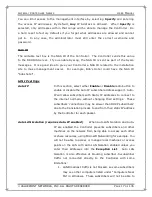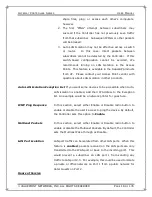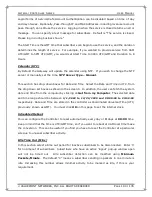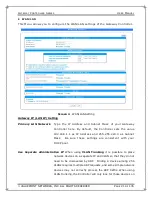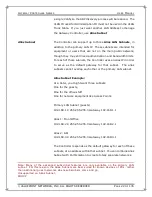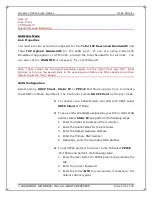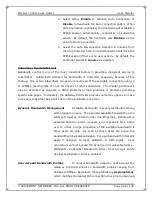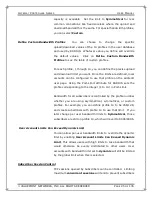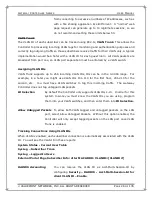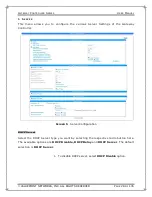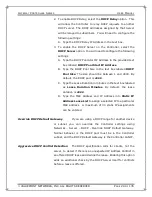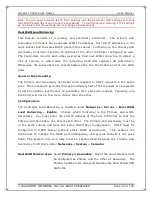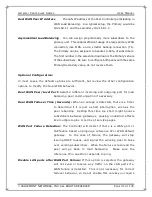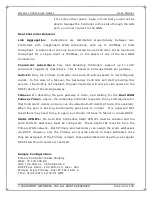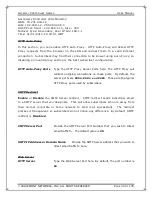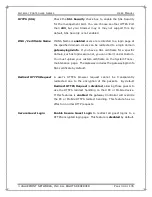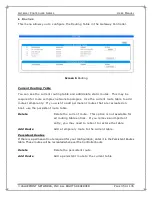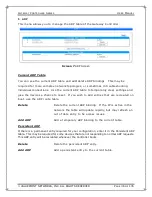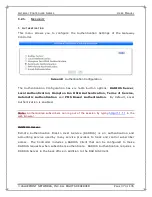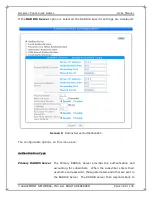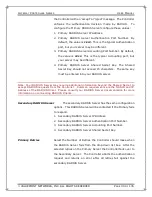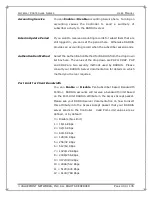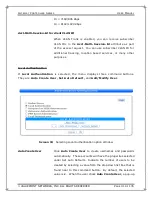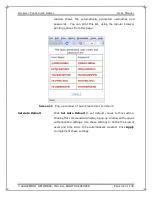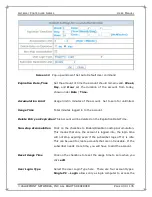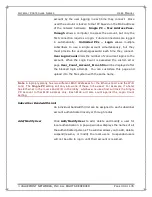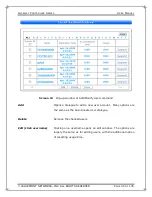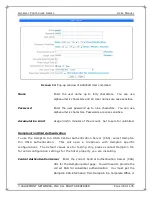
G
ATEWAY
C
ONTROLLER
S
ERIES
U
SER
M
ANUAL
VALUEPOINT NETWORKS, INC. ALL RIGHTS RESERVED
P
AGE
31
OF
135
Dual WAN Peer IP Address
The LAN IP address of the Peer Controller participating in
WAN Load Balancing. In a typical setup, the Primary would be
192.168.1.1 and the secondary 192.168.1.2
Asymmetrical Load Balancing
You can assign proportionally more subscribers to the
primary unit. This enables efficient usage of a large primary WAN
connection, like FIOS, and a smaller backup connection (T1).
The Primary can be assigned to handle 10-90% of subscribers.
The first number in the selection dropdown is the Primary's share
of the subscribers. Be sure to configure both peers with the same
Primary/Secondary value, do not reverse them.
Optional Configuration:
In most cases, the default options are sufficient, but review the other configuration
options to modify the Dual WAN behavior.
Dual WAN Peer/Local Port:
Select a different incoming and outgoing port for load
balancing peer communication if necessary.
Dual WAN Failover Time (Seconds):
When an outage is detected, there is a timer
to determine if it is just a short interruption, such as the
peer rebooting. Setting this time too short might bounce
subscribers between gateways, causing undesired effects
like multiple logins or terms of service pages.
WAN Port Failure Detection:
The Controller will detect if there is a WAN port or
ISP failure based on pinging a reference IP or WAN default
gateway. In the case of failure, the gateway will stop
issuing DHCP leases, and signal the working peer to take
over existing subscribers. When the failure is resolved the
peer will go back to load balancing. Make sure the
reference IP in question responds to ping.
Disable LAN ports after WAN Port Failure:
If this option is selected, the gateway
will not send or receive any traffic on the LAN ports if a
WAN failure is detected. This is not necessary for correct
failover behavior, so do not enable this unless you require

